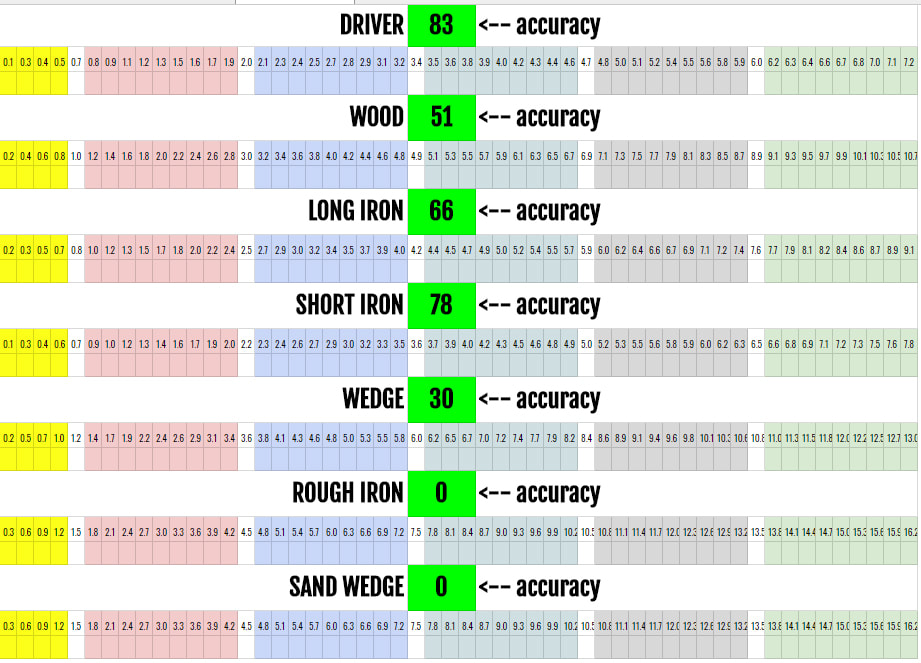

Using climate model simulations over the last 1,200 years, experts from the Woods Hole Oceanographic Institution found that the Azores High started to grow to cover a greater area around 200 years ago, as human greenhouse gas pollution began to increase. Researchers say this system 'has changed dramatically in the past century and that these changes in North Atlantic climate are unprecedented within the past millennium'.

The Azores High rotates clockwise over parts of the North Atlantic and has a major effect on weather and long-term climate trends in western Europe. The 'Azores High', which is undergoing 'unprecedented' changes, is also a big contributor to the current hot weather in Britain.Ī new study suggests the atmospheric high-pressure system is being driven by climate change and already causing droughts in parts of Portugal and Spain. 'There is already a strongly-embedded warming due to climate change across the continent, that is increasing the likelihood of challenging the existing UK temperature record.' This Tropical Continental air mass is one of five that battle for supremacy over Britain and is what gives us heatwaves and bags of sunshine.ĭr Mark McCarthy, head of the Met Office National Climate Information Centre, said: 'The highest temperatures experienced in the UK tend to occur when our weather is influenced by air masses from continental Europe or North Africa - as it will be at the weekend. However, it takes the air first southwards over the north Atlantic, then north-eastwards across the UK.ĭuring its passage south, the air becomes unstable and moist but on moving north-east it passes over cooler water, making it more stable. The returning Polar Maritime is a variation of the Polar Maritime. The air is hot and dry and comes from North Africa.Īrriving from the Atlantic Ocean, this warm and moist air brings cloud, rain and mild temperatures to the UK. It brings hot air in the summer and cold in the winter, leading to dry summers and snowy winters.Įverybody's favourite summer air mass, the Tropical Continental is what gives us heatwaves and bags of sunshine. When the Beast from the East struck Britain in 2018, the bone-chilling air was Polar Continental and came from Siberia. It brings with it wet and cold air that causes snowfall in the winter. The reason for this is because of the direction the Earth spins, leading us to experience prevailing westerly winds.Īlthough Britain does get air masses arriving from the east, too, they're not as common, forecasters say.Īrriving from Greenland and the Arctic Sea, it brings wet and cold air that leads to chilly and showery weather.Īs its name suggests, this air mass comes from the Arctic.

The UK is more likely to get maritime air masses because our weather primarily comes from the west. There are five main air masses above Britain, along with a sixth one that is a variation of one of them. Professor Hannah Cloke, natural hazards researcher at the University of Reading, said: 'We have had heatwaves in the UK before, but the intensity of heat that has been forecast, which will either break UK records or at least get very close, is enough to kill people and animals, damage property, and hobble the economy.' Meanwhile, winds are expected to turn southerly from today, bringing hot air up from north Africa and the Sahara and allowing the UK to tap into some of the 113F (45C) heat from Spain and France. These heatwaves are becoming more likely and more intense because of climate change. When this develops it triggers heatwaves, which can also bring so-called 'tropical nights' - when night-time temperatures fail to drop below 68F (20C). The high pressure near the southern half of Britain, which has been responsible for this week's warm weather, is also continuing to dominate overhead. This has brought scorching temperatures to the UK, France and the Iberian peninsula. Part of the problem is that a pressure system called the Azores High, which usually sits off Spain, has grown larger and is being pushed northwards. It could culminate in the UK's hottest day in history on Monday, with the country put on a 'national emergency' footing amid fears even healthy people could die. Britons are set to bake in 106F (41C) heat next week - but just why is the country in the midst of such a sweltering heatwave?Įxperts say it is due to a number of factors, including winds blowing hot air up from north Africa and the Sahara, the 'Azores High' subtropical pressure system creeping farther north, and the ongoing impacts of climate change.


 0 kommentar(er)
0 kommentar(er)
